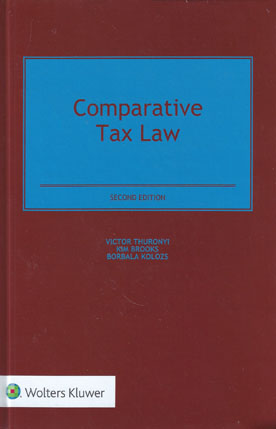
Although the details of tax law are literally endless—differing not only from jurisdiction to jurisdiction but also from day-to-day—structures and patterns exist across tax systems that can be understood with relative ease. This book, now in an updated new edition, focuses on these essential patterns. It provides an immensely useful introduction to the core common knowledge that any well-informed tax lawyer or policy maker should have about comparative tax law in our times. The busy reader will welcome the compact nature of this work, which is shorter than the first edition and can be read in a weekend if one skips footnotes.
The authors elucidate the commonalities and differences across countries in areas including (much of the detail new to the second edition):
Especially considering the dynamic nature of tax law, whose rate of change exceeds that of any other field of law, the authors’ clear identification of the underlying patterns and fundamental structures that all tax systems have in common—as well as where the differences lie—guides the reader and offers resources for further research.